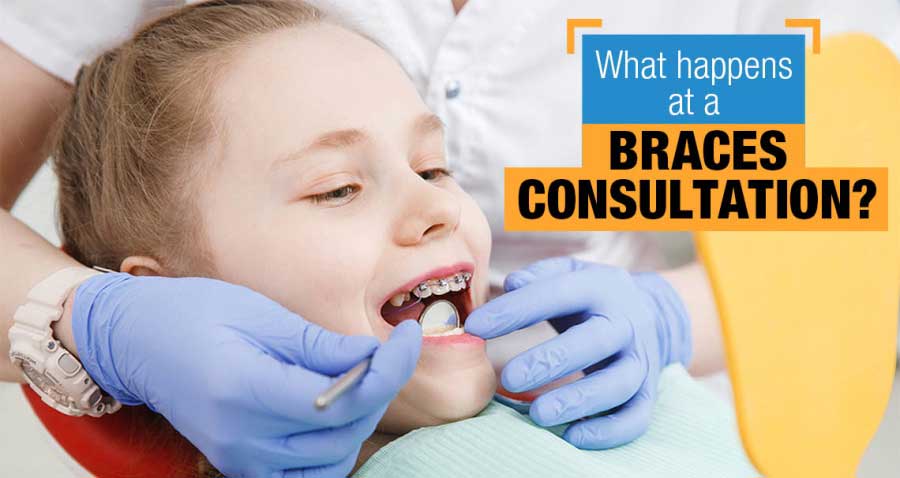Comprehensive Overview to Orthodontics Procedures for Correcting Dental Misalignments
Recognizing the intricacies of each procedure, including their systems, benefits, and potential drawbacks, is critical in making informed choices concerning one's orthodontic therapy. As we navigate via the detailed guide to orthodontic treatments for correcting oral misalignments, the complex details of each approach will certainly unravel, shedding light on the path toward a functional and unified oral alignment.
Orthodontic Procedures Introduction

Regular adjustments and surveillance are important components of orthodontic treatment to make certain development is on track and to make any necessary modifications along the means. By undertaking orthodontic treatments, clients can not just achieve a straighter smile however additionally improve their general oral wellness and feature.
Standard Dental Braces: How They Function
When considering orthodontic therapies for oral misalignments, traditional braces attract attention as a time-tested technique for correcting teeth positioning. Standard dental braces consist of braces, cables, and bands that function with each other to apply continual pressure on the teeth, progressively relocating them into the wanted placement. The brackets are attached to the teeth using an unique adhesive, and the cords are threaded via the braces. By changing the stress of the wires, orthodontists can control the instructions and force related to each tooth, leading them right into proper alignment with time.
As pressure is applied to the teeth with the braces, the bone bordering the teeth is reshaped to support the brand-new tooth positions. Patients will certainly need regular changes at the orthodontist's workplace to make sure the braces proceed to apply the appropriate pressure for effective teeth movement.
Unnoticeable Aligners: Benefits And Drawbacks
These clear, custom-made trays are essentially invisible when put on, making them an attractive option for people seeking a much more cosmetically pleasing orthodontic therapy. Individuals can eliminate the aligners prior to consuming or brushing their teeth, minimizing the danger of food getting stuck in the home appliance and simplifying the cleansing process.

Surgical Orthodontic Options
Surgical interventions in orthodontics present feasible options for resolving complex dental imbalances that may not be successfully dealt with via standard orthodontic therapies. While invisible aligners and standard dental braces can fix many orthodontic issues, specific cases need medical intervention to attain optimum outcomes. Surgical orthodontic alternatives are normally recommended for extreme malocclusions, considerable jaw inconsistencies, and situations where the underlying bone structure requires alteration to accomplish proper alignment.
One typical surgical orthodontic procedure is orthognathic surgery, which involves repositioning the jaws to fix functional problems such as trouble speaking or eating. This surgical procedure is typically performed in partnership with an orthodontist who assists line up the teeth prior to and after the treatment. Surgical orthodontics may additionally include procedures to reveal affected teeth, remove excess gum tissue, or improve the jawbone to develop an extra unified face account.
Prior to taking into consideration medical orthodontic choices, people go through an extensive examination to identify the requirement and possible benefits of such interventions. cumming braces. While surgery may seem daunting, it can significantly enhance both the feature and looks of the smile in cases where traditional orthodontic treatments fail
Retainers and Post-Treatment Treatment

Post-treatment care entails following the orthodontist's instructions faithfully. This may consist of correct dental hygiene techniques, going to follow-up appointments, and putting on the retainers as prescribed. Failure to follow post-treatment treatment directions can cause relapse, where the teeth progressively relocate back towards their original placements. Regular retainer wear, great oral health, and normal dental check-ups are crucial for keeping the results accomplished via orthodontic surgical procedure and making sure the long-term security of the dealt with dental alignment.
Conclusion
Finally, orthodontic procedures supply numerous alternatives for fixing dental misalignments. Conventional braces utilize steel brackets and cables to change teeth right into appropriate alignment. Invisible aligners give an even more discreet choice but may not be suitable for all instances. Surgical orthodontic choices are offered for extra extreme imbalances. Retainers are frequently made use of post-treatment to preserve the new positioning. On the whole, orthodontic treatments can successfully enhance oral health and wellness and aesthetic appearance.
As we browse via the comprehensive overview to orthodontic procedures for remedying oral imbalances, the complex details of each approach will certainly unravel, shedding light on the course toward a functional and unified dental positioning. - cumming orthodontist
One of the most usual orthodontic therapies is the use of dental braces, which consist of metal brackets and wires that apply gentle stress to gradually change teeth right into the wanted position.When considering orthodontic therapies for dental imbalances, typical braces stand out as a reliable technique for correcting teeth placing. In addition, invisible aligners might not be ideal for intricate orthodontic issues that call for even more substantial teeth activity, as they are usually advised for mild to moderate cases. Retainers are custom-made orthodontic gadgets designed to hold teeth in their fixed settings after the completion of orthodontic therapy.